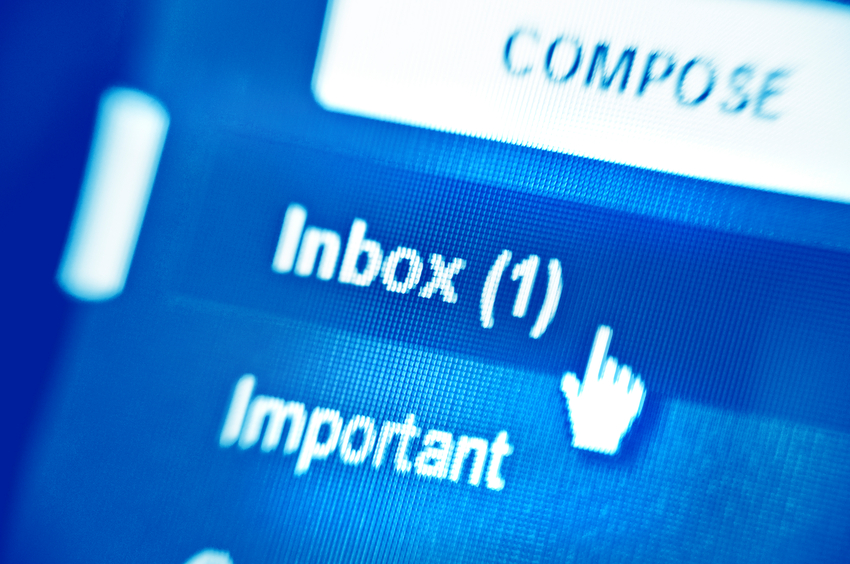With e-mail as a nearly omnipresent part of our lives today, organizational e-mail etiquette is something that can have a big impact on how an organization is perceived, both internally and externally.
 |
Inappropriate e-mails can incite anger and cause rifts between employees; they can also show how professional (or not) an individual acts. Whether we like it or not, e-mails can have a major impact on how both the employee and the employer are perceived—which will both directly and indirectly impact the bottom line.
Here are some ideas for e-mail etiquette training:
- Formalities help the sender appear professional. Formalities like an introductory “Hi James,” or “Dear Mr. Smith,” can have a big influence on how professional and courteous the sender seems. Even though this may seem unnecessary to some, it can affect how the message and the sender are perceived.
- Tone matters and can be misinterpreted. It pays to read a message out loud and assess whether there is any chance for misinterpretation—rewording if necessary.
- E-mail is not right for every type of message. For example, e-mail is not the place for a discussion that is overly long; this type of e-mail may not even get read and may exasperate the recipient. Remember that e-mails are often read on mobile devices—which exacerbates the problem with an overly-long message.
- Context is helpful, even if the e-mail is a continuation of another conversation. E-mails may be referenced later when that conversation is long forgotten. Good e-mail etiquette dictates that a little context benefits both sender and receiver. It also shows that the sender is being courteous by not assuming the receiver will automatically understand and remember without context.
- E-mail is forever. That means that what an employee or employer says now can be brought up later—both in company discussions and in legal matters. Choose words carefully. An e-mail absolutely can be grounds for dismissal if it shows evidence of significantly inappropriate behavior. E-mails can be used as evidence in legal matters, too—and just because it is deleted at the sender’s computer does not mean it’s gone.
- How an employee comes across in e-mail will impact coworkers. If an employee is particularly curt or rude, it can make for an exhausting work environment and hurt productivity and morale. Train employees to think twice before sending a rude message, even when they’re angry. Consider training on methods to diffuse anger to utilize before responding. It’s good practice to avoid e-mailing whenever tensions are high or whenever the employee is upset.
- Clear and accurate subject lines are beneficial in helping the recipient with context. They should clearly indicate the subject and possibly even the required action. Having a clear and accurate subject line also helps with organizing messages and with the ability to search for the conversation in the future. Subject lines should be changed and/or a new e-mail thread started if the conversation changes to a new topic.
Tomorrow we’ll look at some more tips for e-mail etiquette.
